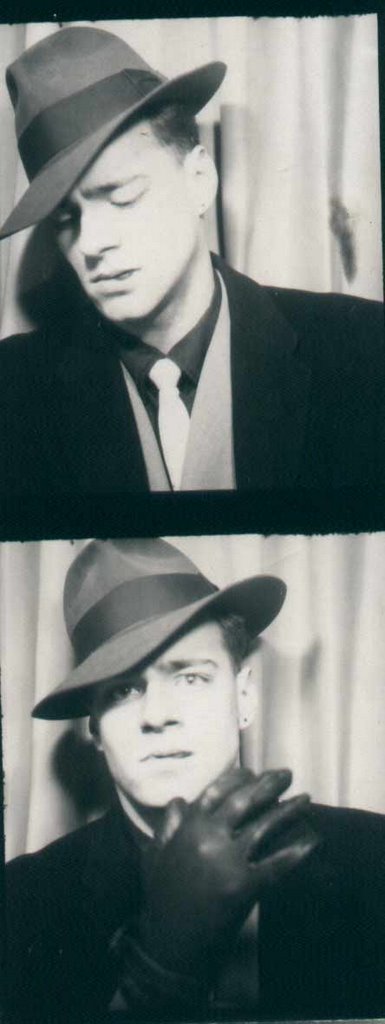What has developed, then, under the operation of inheritance laws handed down from the days when property ownership was far more modest to a day when vast properties have been created mainly by technology, is a huge solid fortress of interlaced wealth against which even clever new wealth-seekers, try as they will, cannot make a tiny dent. About the only way one can get in (and that way isn’t always rewarding) is by marriage. If a potential new Henry Ford produces an invention and sets out with friends to market it he generally finds
(as did Professor Edwin H. Armstrong, inventor of wide-swing radio frequency modulation, the regenerative circuit) that is boldly infringed by established companies. After he spends the better part of a lifetime in court straining to protect his rights he may win (usually he does not); but if he wins he collects only a percentage royalty. What the infringers can show they have earned through their promotional efforts they may keep, with the blessings of the courts, who are sticklers for equity: All effort must be rewarded. And then the overwrought inventor, as Professor Armstrong did in 1954, can commit suicide.
Henry Ford came up when there were only small competing companies in the field. When established companies are in the field, inventors must sell out, or suffer a fate similar to Professor Armstrong’s.— Ferdinand Lundberg
"The Rich and the Super-Rich:
A study in the Power of Money Today"
19 April, 2012
The Fortress of Interlaced Wealth
Subscribe to:
Post Comments (Atom)





No comments:
Post a Comment